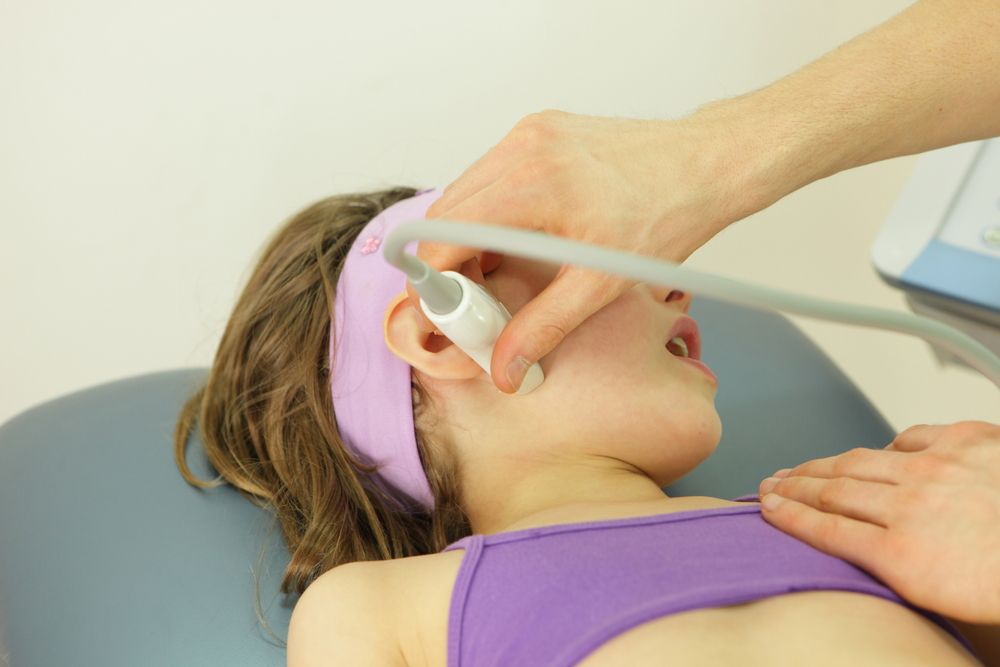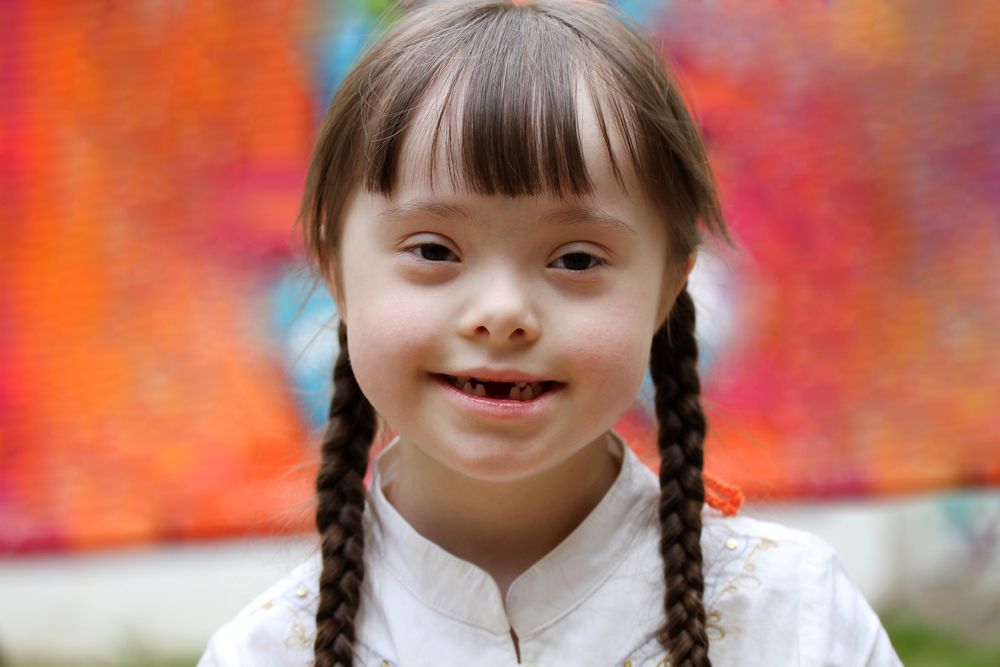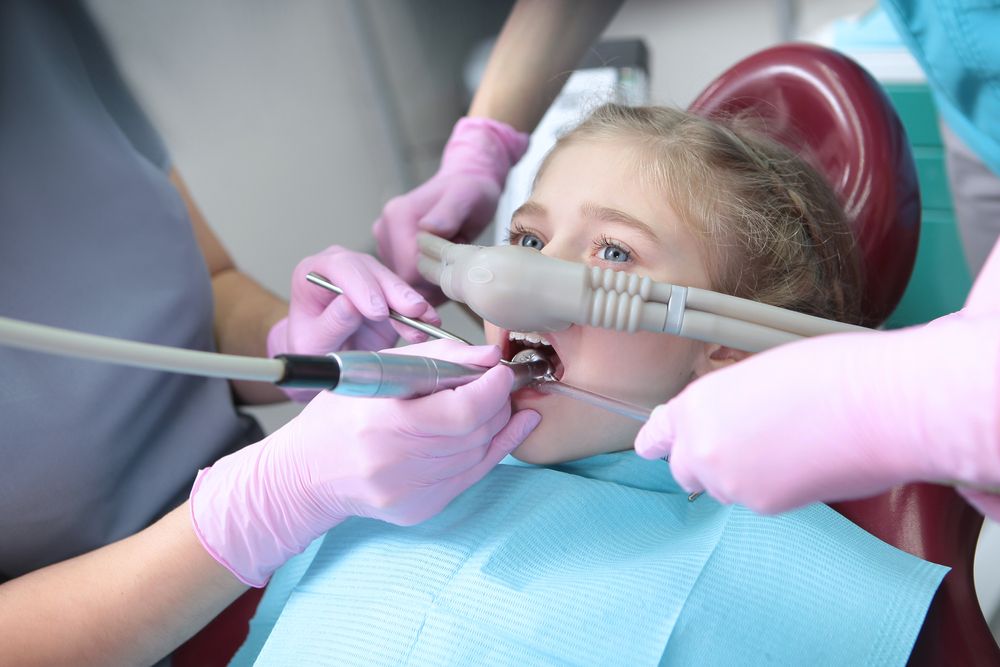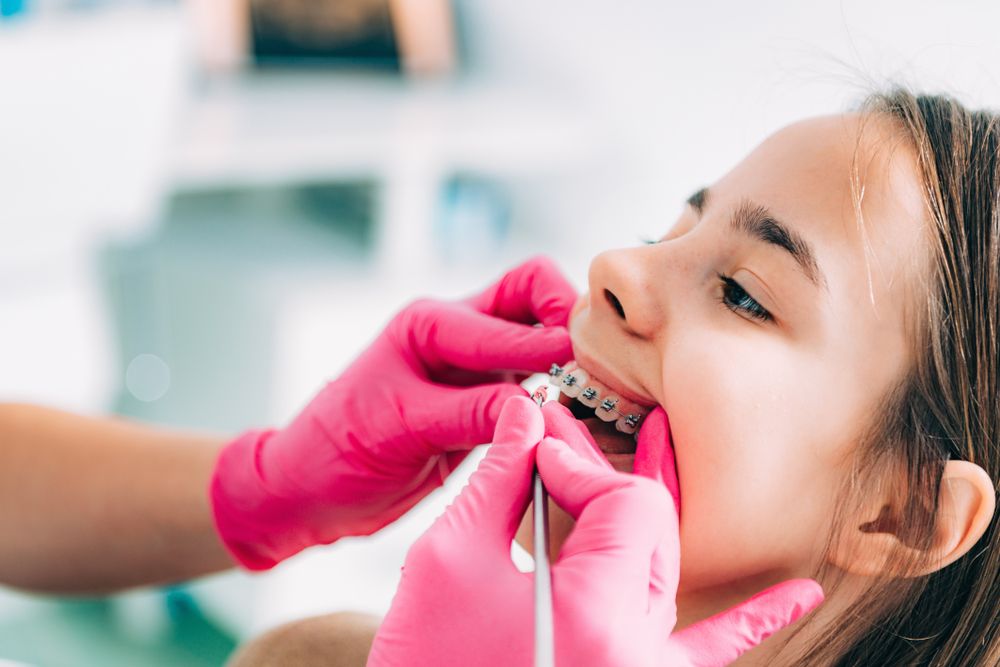Temporomandibular joint (TMJ) disorders, while commonly discussed in adults, can also impact children and young adolescents. At Dentistry for Children and Young Adults in San Jose, CA, parents often ask about TMJ issues and how they might affect their child’s oral health and overall well-being. Understanding TMJ disorders in children is crucial to recognizing symptoms early and supporting effective management. This blog will explore what TMJ disorders are, how they affect children, their common causes, symptoms to watch for, and the importance of addressing these conditions promptly.
What Are TMJ Disorders?
The temporomandibular joints are the hinges that connect the jawbone to the skull, allowing movements necessary for chewing, speaking, and yawning. TMJ disorders refer to a group of conditions that affect the function of these joints and the surrounding muscles. When the TMJ is not working properly, it can cause pain, restricted movement, and a variety of related symptoms.
In children, TMJ disorders might not be as well-recognized as in adults, but they can still result in significant discomfort and functional challenges. The joints themselves, along with the muscles controlling jaw movement, can become inflamed or misaligned due to various factors. It’s important for parents and caregivers to understand that TMJ issues in children can sometimes manifest differently than in adults, often requiring a careful and tailored approach to diagnosis and management.
Causes of TMJ Disorders in Children
TMJ disorders in children can arise from multiple causes, often involving a combination of factors rather than a single issue. One of the most common contributors is trauma or injury to the jaw, which can occur through falls, sports-related impacts, or accidental blows. Even mild trauma can affect the delicate structures of the TMJ, causing inflammation or displacement.
Another significant factor is bruxism, or teeth grinding, which is fairly common in children. Grinding or clenching the teeth, especially during sleep, puts excessive pressure on the TMJ and can lead to muscle fatigue and joint irritation. Stress and anxiety often contribute to bruxism, making emotional factors an important consideration.
Other causes include poor posture, especially habits that encourage forward head positioning, which can strain the muscles around the jaw. Additionally, certain dental conditions such as misaligned teeth or bite problems can place abnormal forces on the TMJ, contributing to discomfort and dysfunction. Understanding these underlying causes helps parents and clinicians develop strategies to protect and improve a child’s jaw health.
Signs and Symptoms to Watch For
Recognizing the signs of TMJ disorders in children can sometimes be challenging because symptoms may overlap with other common childhood complaints. However, there are several key indicators parents should be aware of. Jaw pain or tenderness around the ears and temples is a frequent symptom and may be accompanied by headaches or earaches without infection.
Difficulty or discomfort while chewing, limited ability to open or close the mouth fully, or a noticeable clicking, popping, or grinding sound when the child moves their jaw are other common symptoms. Some children may also report a feeling of jaw stiffness or even temporary locking, where the jaw gets stuck in an open or closed position.
In addition to physical symptoms, behavioral signs like avoiding certain foods, reluctance to talk for extended periods, or changes in sleep patterns due to discomfort might be observed. Because children may not always clearly communicate what they are feeling, parents should watch for these subtle clues and seek professional advice if they suspect TMJ problems.
How TMJ Disorders Affect Daily Life and Development
TMJ disorders can have a considerable impact on a child’s quality of life and development. Jaw pain and dysfunction can interfere with basic activities such as eating and speaking, potentially leading to nutritional issues if the child avoids certain foods due to discomfort. Difficulty chewing can also affect speech clarity, which is important during key stages of language development.
Sleep disturbances caused by TMJ pain or associated bruxism can result in daytime fatigue, irritability, and difficulty concentrating at school. Over time, chronic TMJ issues may contribute to poor posture and muscle imbalances, potentially causing neck and shoulder pain.
Furthermore, untreated TMJ disorders in children can influence the growth and alignment of the jaw and teeth. Since the jawbones and facial structures are still developing, prolonged joint problems might affect how permanent teeth emerge and fit together, leading to more complex orthodontic issues later.
Managing and Preventing TMJ Disorders in Children
Early intervention and appropriate management are key to minimizing the impact of TMJ disorders in children. Treatment approaches often focus on relieving symptoms, correcting underlying causes, and preventing further damage. Parents can play an important role by encouraging habits that reduce strain on the jaw, such as avoiding excessive gum chewing or hard foods.
Stress management techniques and creating a calm bedtime routine may help reduce bruxism. Using a custom-made nightguard, if recommended by a dental professional, can protect teeth and joints from grinding forces during sleep. Posture correction through ergonomic adjustments and exercises can also relieve pressure on the jaw muscles.
In some cases, gentle physical therapy and guided jaw exercises may be beneficial for restoring movement and reducing discomfort. When dental issues contribute to TMJ problems, orthodontic or dental treatments may be necessary to correct bite alignment and distribute forces evenly.
Ongoing monitoring by a dental professional is essential to assess progress and adjust treatment as needed. By taking a comprehensive approach, children with TMJ disorders can experience improved comfort, function, and overall oral health.
At Dentistry for Children and Young Adults in San Jose, CA, we emphasize the importance of recognizing TMJ disorders early and understanding their effects on children. With proper knowledge and care, parents can support their child’s journey to better jaw health and a more comfortable life.
Resources
- American Academy of Pediatric Dentistry. (2020). Management of Temporomandibular Disorders in Children. Pediatric Dentistry Journal.
- National Institute of Dental and Craniofacial Research. (2021). Temporomandibular Joint Disorders. Retrieved from https://www.nidcr.nih.gov
- Okeson, J. P. (2013). Management of Temporomandibular Disorders and Occlusion. Elsevier Health Sciences.




